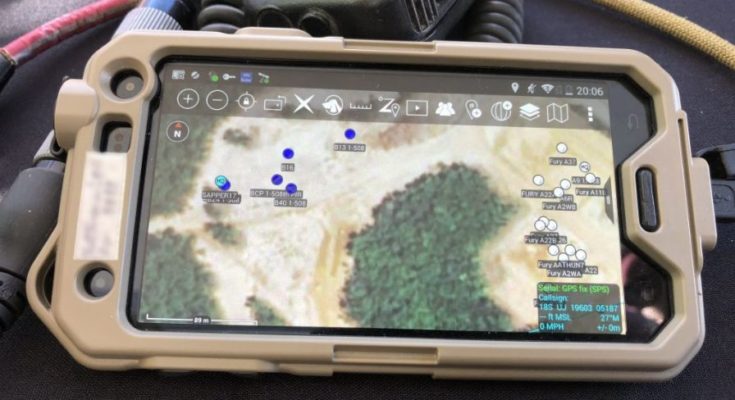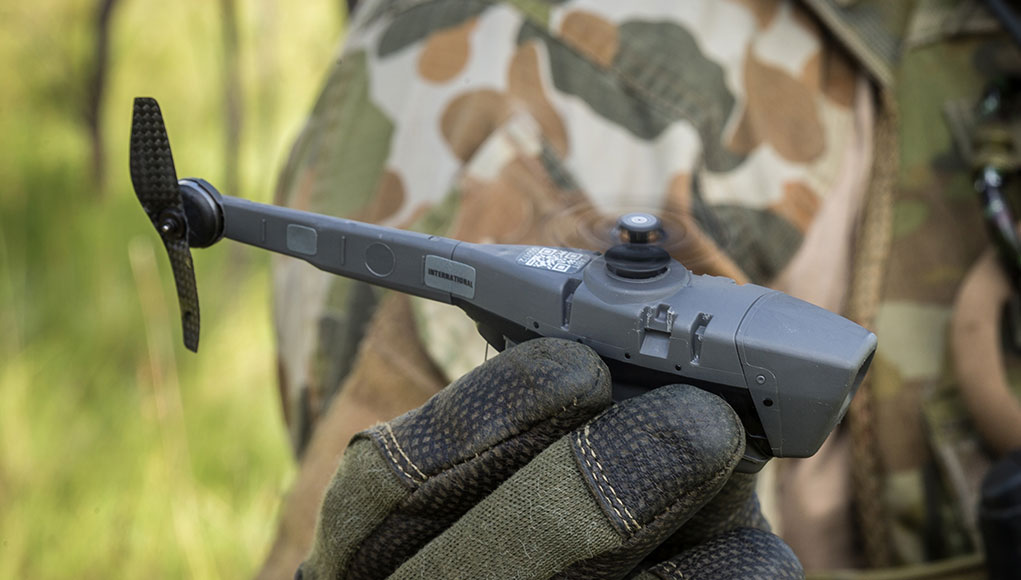
Here’s a great article on the Army’s Nett Warrior program switching to ATAK from its internally developed application to Nett Warrior. There are a couple of things in this article that are not explicit, but important to Nett Warrior’s success.
First, TAKServer allows users to scale up to large numbers of users by partitioning the tactical network to handle large numbers. They don’t explicitly mention TAKServer, but its probably important to scaling the mission.
Second, “There was no official training at all.” That’s a powerful statement on the usability of the system. I would not go that far, but ATAK is pretty easy to pick up out of the box, and its also easy to learn additional features as you go. We advise at least 15 minutes of training before heading out the door.
Third, ATAK’s Jumpmaster plugin makes synchronized parachuting much more accurate, but its not advisable to try it with no training. And of course, they did not discuss the huge extensibility of ATAK and TAKServer to integrate the Internet of Things to military capability.
Here’s an excerpt from the article, but I encourage you to read the whole thing:
Nett Warrior was the Army’s attempt to bring the GPS maps, “Blue Force Tracking” of friendly units’ locations, and digital messaging that are standard in command posts and vehicles to the sergeant on foot.
It uses a standard Android Galaxy smartphone plugged into the tactical radio network (though it can use cell towers if available). But soldiers found it awkward and difficult to use — in part because of the interface, but in part because the device used classified data, subjecting users to all sorts of regulations like locking it up when not on mission.
So the Army loaded new software, the Android Tactical Assault Kit (ATAK), and downgraded the encryption. Now Nett Warrior only handles “secure but unclassified” data (though it can be reset to handle secret data if necessary) using off-the-shelf commercial encryption. That means troops can even take it back to the barracks to play around with and figure it out.…
How much easier is the new Nett Warrior? Staff Sergeant Jason Roseberry of the 82nd Airborne told reporters here that his team got their devices just two days before heading to the Joint Reading Training Center for high-pressure wargames. “18 hours later, the soldiers…were messaging back and forth, pulling mission graphics down, talking over the radio,” he said. “There was no official training at all.”
Counting both the Rifleman Radios attached to Nett Warrior and more powerful models for higher leaders, there were about 240 radios for the 714 paratroopers in Roseberry’s unit, the storied 1st Battalion, 508th Airborne Infantry. When they arrived at the JRTC on Fort Polk, he said, “we had the full network up in probably five minutes.” Then they strapped on their radios and jumped out of airplanes with them.



